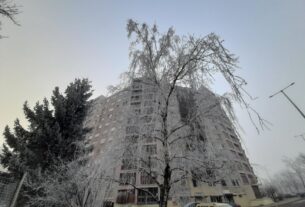Over the past 60 years, the average snow thickness in the higher areas of Hungary has decreased by a third, the specialist portal Másfélfok – Climate Change Understandably wrote in its article on Friday.
According to a joint analysis by climate researcher Péter Szabó and meteorologist Rita Pongrácz, while in the 1960s and 70s, an average snow thickness of 12-14 centimeters was formed in the mountains, increasing steadily from mid-November to mid-January, from the 1980s the amount of snow reached later (rather in February) its maximum, and it also decreased significantly.
In the last two decades, the snow cover continued to change, and we could only expect a barely increasing snow thickness from the end of November, which reached the average maximum of many years at 4 centimeters, the researchers add.
As a result, the number of days suitable for skiing in higher altitude areas has significantly decreased. Based on the data, this process is most noticeable in the North Central Mountains.
According to the analysis, there is a 73 percent probability that due to climate change caused by human activity, the snow thickness in the higher areas of Hungary has decreased by a third.
They drew attention to the fact that only by immediately reducing greenhouse gas emissions do we have a chance to maintain the current average frequency of days with snow thickness suitable for skiing.
If emissions do not decrease, after 2060 (taking into account the annual variability) there will be no or hardly any days suitable for skiing in the Hungarian mountains. The full analysis of the researchers is available at this link.
szegedinap.hu
Source of the opening image: masfelfok.hu


















